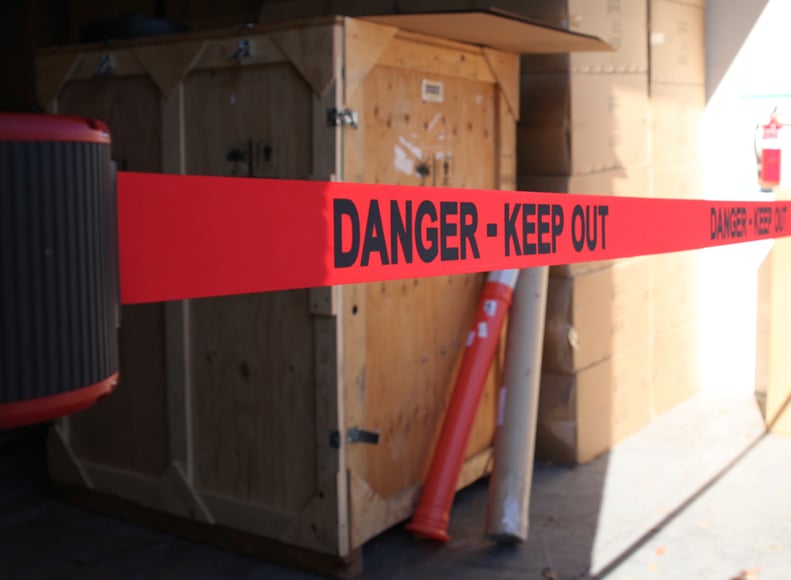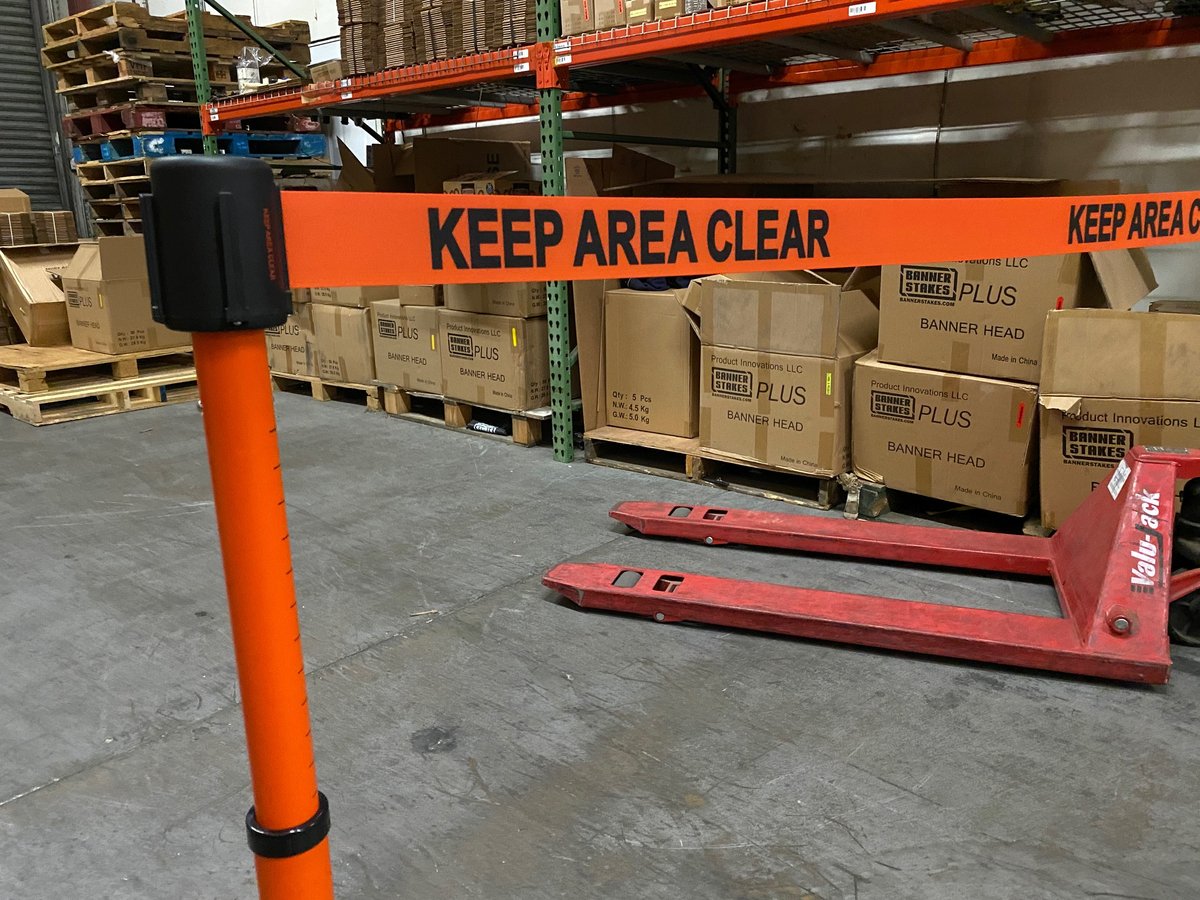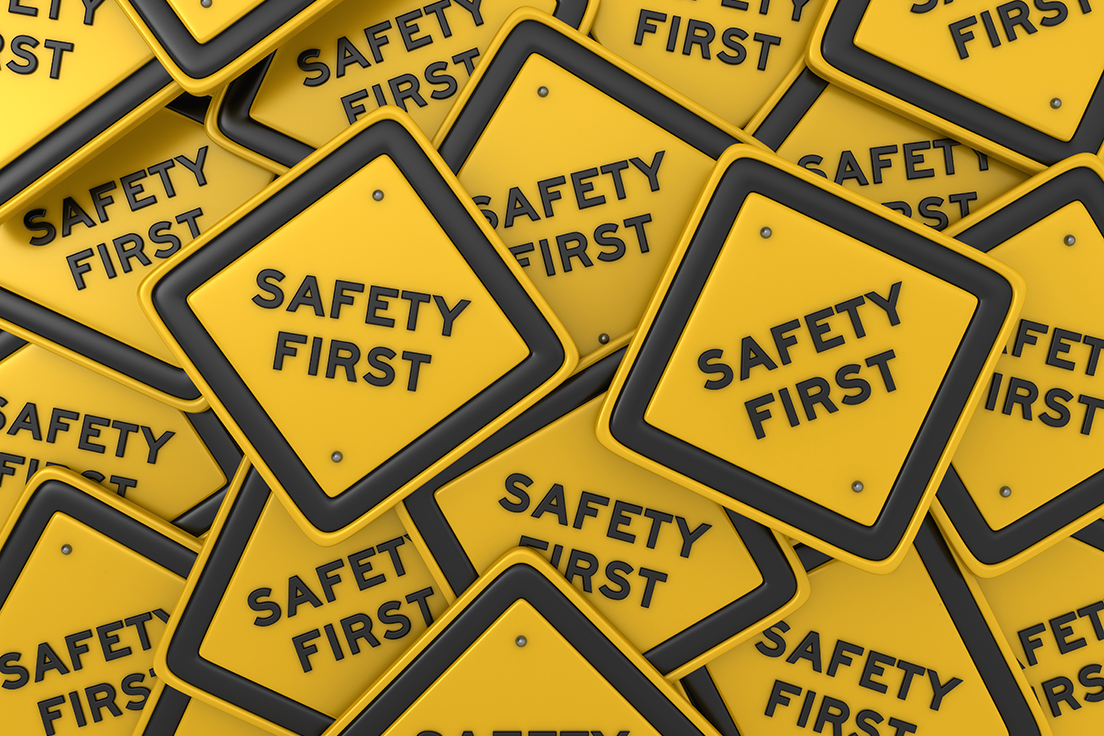Imagine this: you're having a busy, chaotic day at work, running around trying to get as much done as you possibly can. Suddenly, you slip on a wet spot on the floor and almost go flying, but manage to catch yourself before colliding headfirst with the ground. Phew! What a close call! This "almost accident" is what is known in the safety industry as a near-miss.
Near-misses may be nerve-wracking, but they can also be valuable. Reporting near-misses can prevent the same incident from happening to a co-worker in the future and help identify hazards or weaknesses in a company’s risk management program, that might otherwise go unnoticed.
An often-overlooked policy, reporting near-misses has been shown to significantly improve worker safety and enhance an organization’s safety culture, according to OSHA. In this blog, we’ll breakdown everything you need to know about near-misses, including their importance in occupational safety programs, as well as best practices for near-miss reporting.
So what exactly is a near-miss? According to the National Safety Council, a near-miss is an unplanned event that doesn't result in injury or death, but could have.
Near-Miss Examples:
There are many occurrences that could be classified as a near-miss accident but here are the most commonly encountered examples:
- Events where injury could have occurred but didn’t
- Unsafe working or job site conditions
- Unsafe or improper behavior
- Unsafe employee work habits
- Improper use of equipment
- Malfunctioning equipment
- Minor injuries and incidents with potential to become more serious
Why Should You Report New-Misses?
Near-misses can be a significant indicator and critical opportunity to enhance safety practices. Here are 10 important reasons why you should report near-misses:
- Establishes safe practices in the workplace
- Reduces risk
- Allows information to be shared easily
- Collects valuable data
- Provides opportunity to improve safety operations
- Avoids complacency
- Provides useful tool to identify workplace hazards
- Involves employees
- Demonstrates management’s commitment to safety
- Allows identification of trends

(Pictured Above: Consider using a durable, easy-to-read hazard communication barrier at your facility to help prevent accidents before they happen.)
Getting Started
Ready to get started planning your near-miss reporting system? We've established that near-miss reporting is a critical opportunity to enhance safety practices. Now let's dive into how to develop the best plan of action possible for your worksite.
Tips and Best practices:
If you're not sure where to start when developing a near-miss reporting system, here are a few best practices to consider:
- Leadership buy-in is critical. Those at the top need to establish a reporting culture that reinforces the importance of identifying and controlling hazards at every opportunity.
- Employees should not be punished for reporting a near miss. Consider allowing anonymity for workers reporting an incident.
- Always investigate a near-miss incident to determine how and why it happened, as well as how to prevent it from occurring again.
- Use the results of a near-miss investigation as an opportunity to improve your organization’s safety system.
- Recognize that reporting near misses is crucial to preventing serious injuries and deaths.
Employee Participation is Key:
A near-miss reporting system will not work without employee participation. To encourage involvement, OSHA and the NSC recommend the following:
- Educate workers on why near-miss reporting is important; be sure they know how to navigate the reporting process.
- Keep it simple. The reporting system should be easy to use and understand.
- Train new employees on the use of the reporting system.
- Do not let your near-miss reporting system fall by the wayside – actively communicate its importance to all employees.
- Regularly reiterate that your reporting system is non-punitive.
- If initiating an incentives program, be sure to avoid incentives that discourage reporting. A good incentives program will actively recognize the reporting of hazards.
- Celebrate your program’s successes.
Near-Miss Reporting Essentials:
A good near-miss reporting system should always include these three components:
- Management Process: Employers should establish clear processes and procedures around near-misses.
- Tools to manage the system: Employers should provide tools such as easily accessible near-miss reporting forms or electronic tracking systems for employees to easily submit near-miss reporting.
- Employee Training: Employers should provide consistent and up to date training to employees on the importance of near-misses and the necessary steps required to report incidents.
Conclusion
Near-miss recognition and reporting is an essential component of any quality safety program. It's one of the best tools available to you to help prevent accidents before they happen. Don't wait for a serious injury or safety crisis to occur to begin building a quality reporting system. Start now.
Begin by identifying what constitutes a near-miss. Familiarize yourself and your team with common workplace accidents that may occur at your specific job site. When it's time to build your workplace's reporting system, remember to involve leadership and employees. Leadership and employee buy-in is absolutely key to the success of a near-miss reporting system. Go over our list of tips and best practices. Set up clear procedures and regularly train employee on these procedures.
Consider integrating retractable belt barriers as a valuable addition to your safety program. Highly visible safety and hazard communication barriers have a proven track record of helping prevent accidents. Barriers help alert workers and site visitors when there is a potential danger in the area.

(Pictured Above: Retractable belt barriers can be a great addition to a near-miss reporting system to help prevent accidents from occuring.)
Interesting in learning more? We can assist you in finding safety products to create a safer workplace and meet compliance requirements.
Contact us today so we can start discussing your safety program.
Need help improving your worksite's safety program? We're here to help!
Schedule a site walk with us, and we'll build a safety plan tailored to your exact operations and layout.


